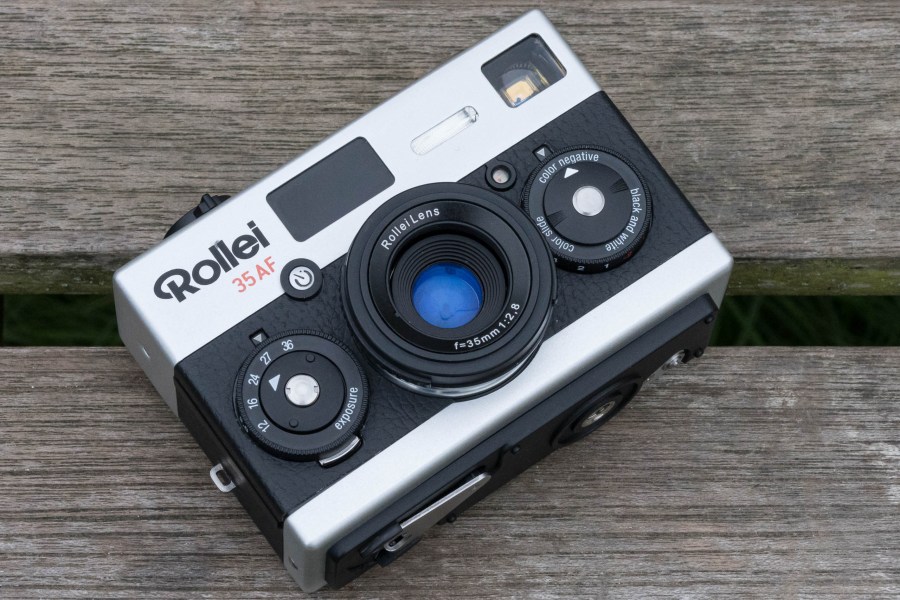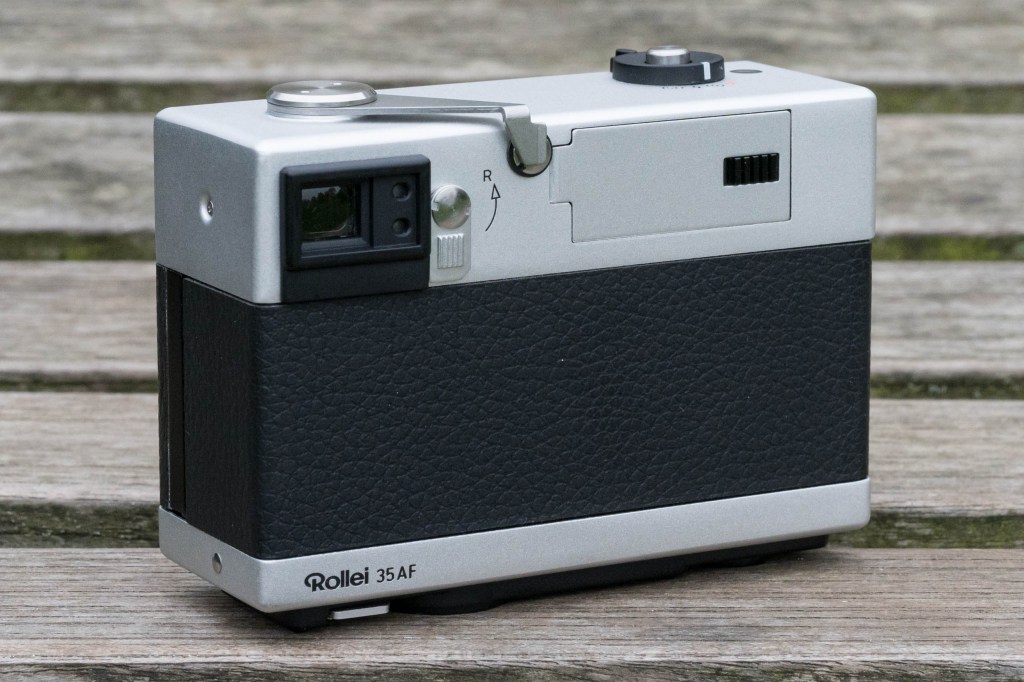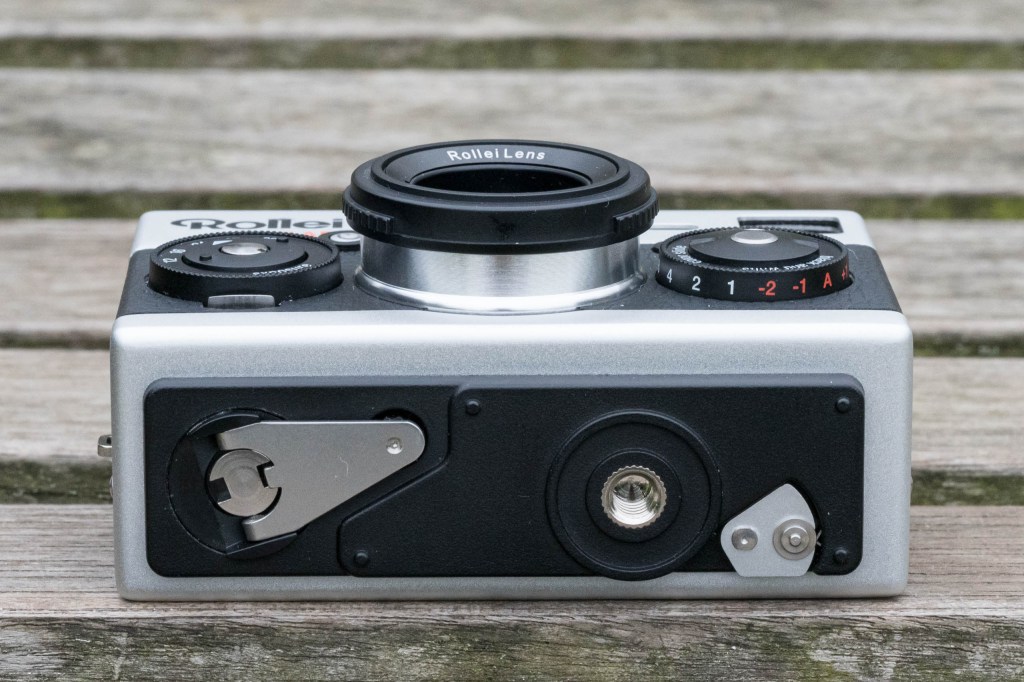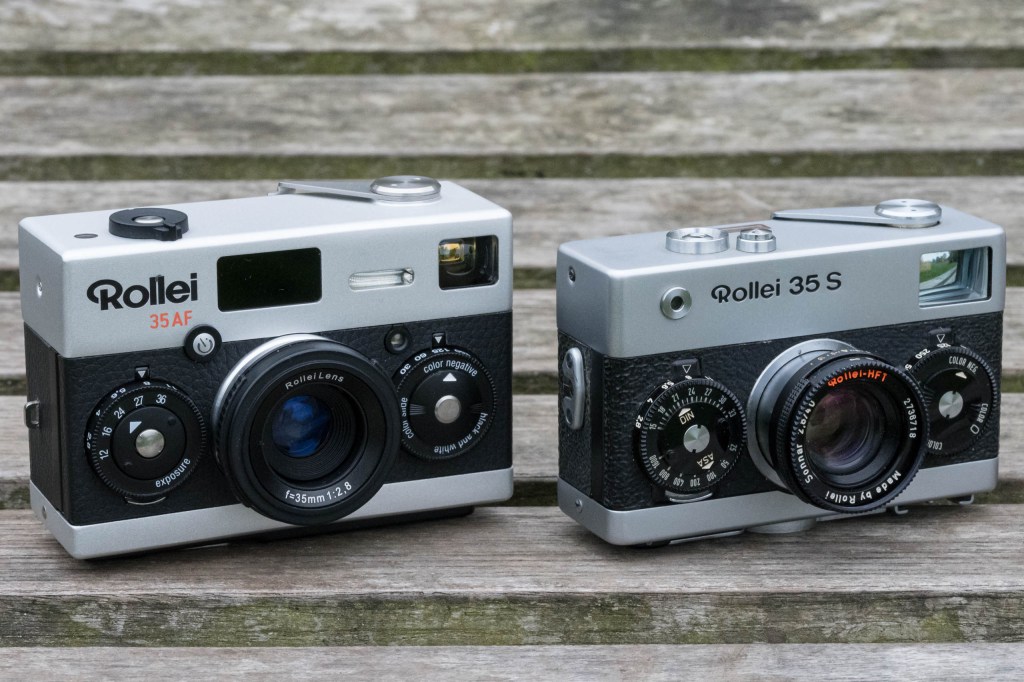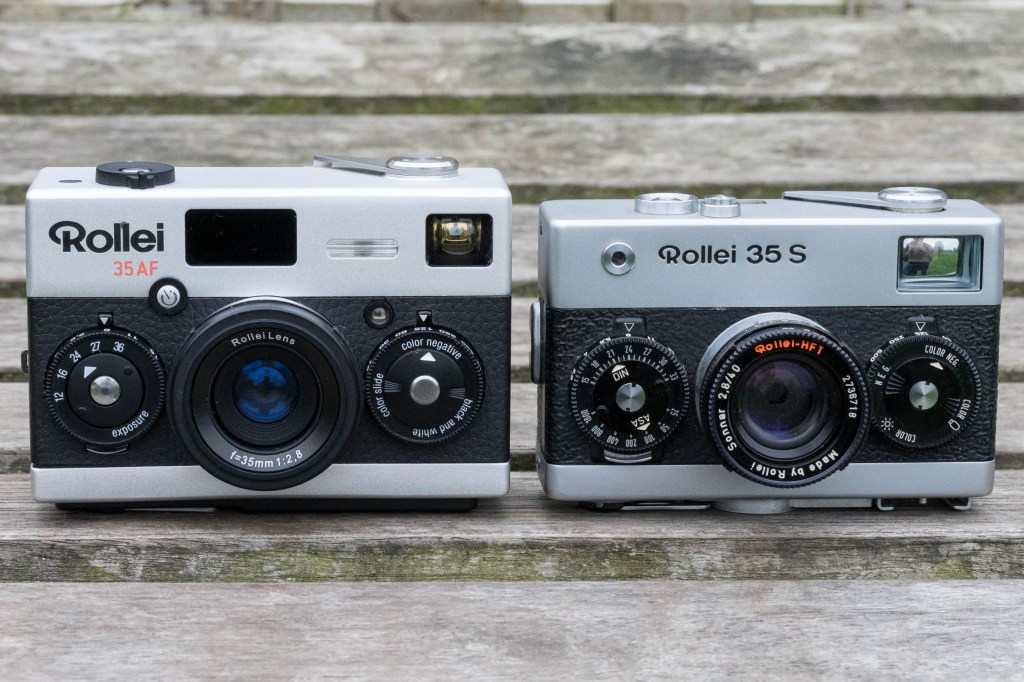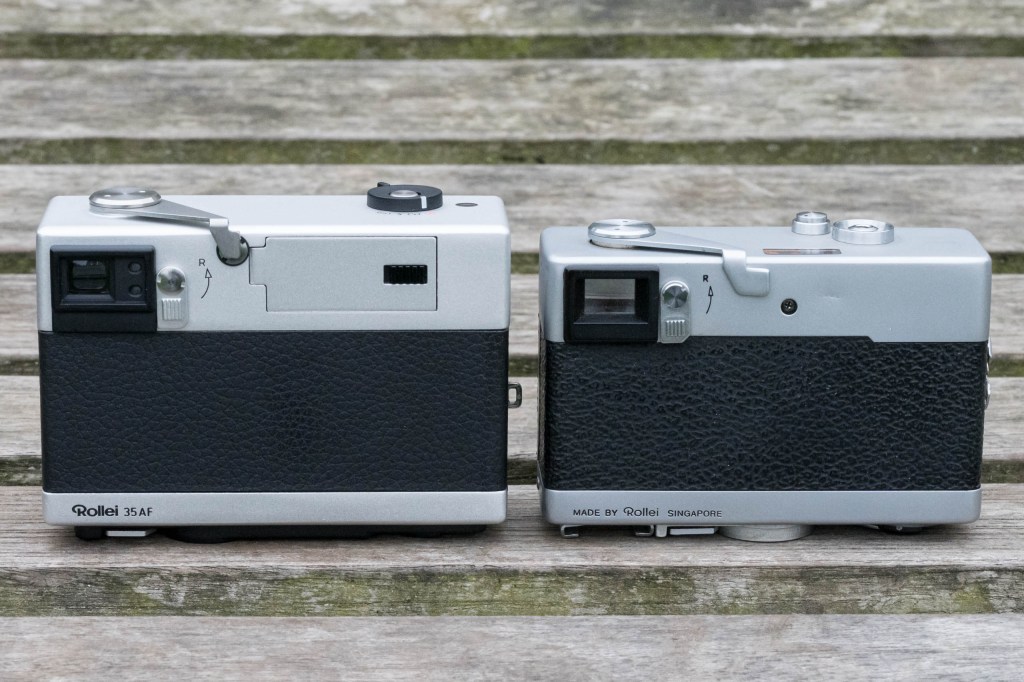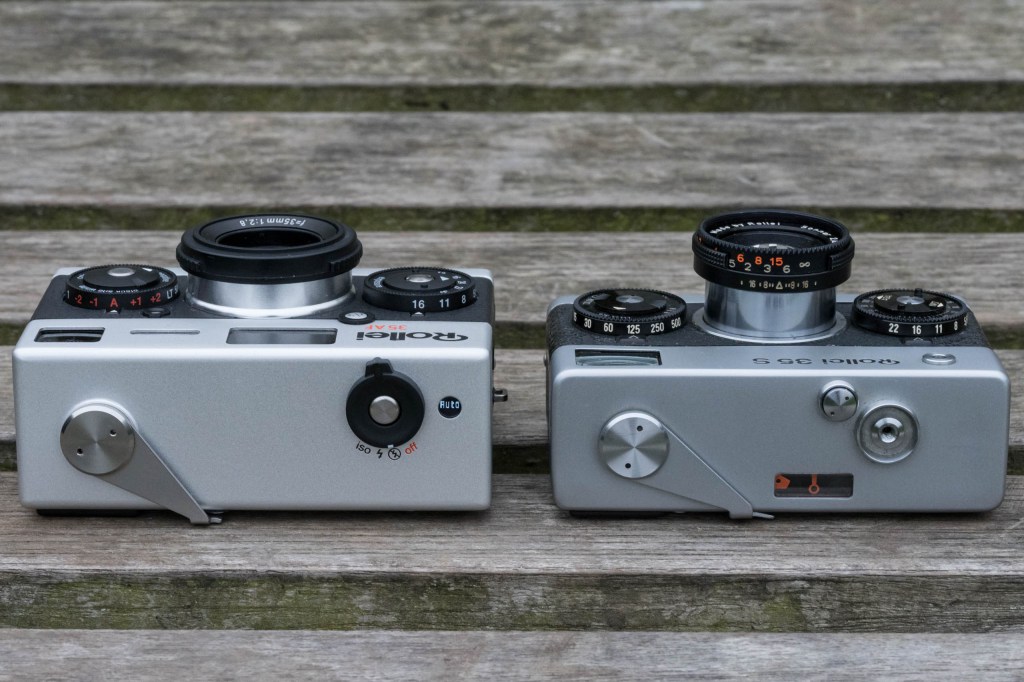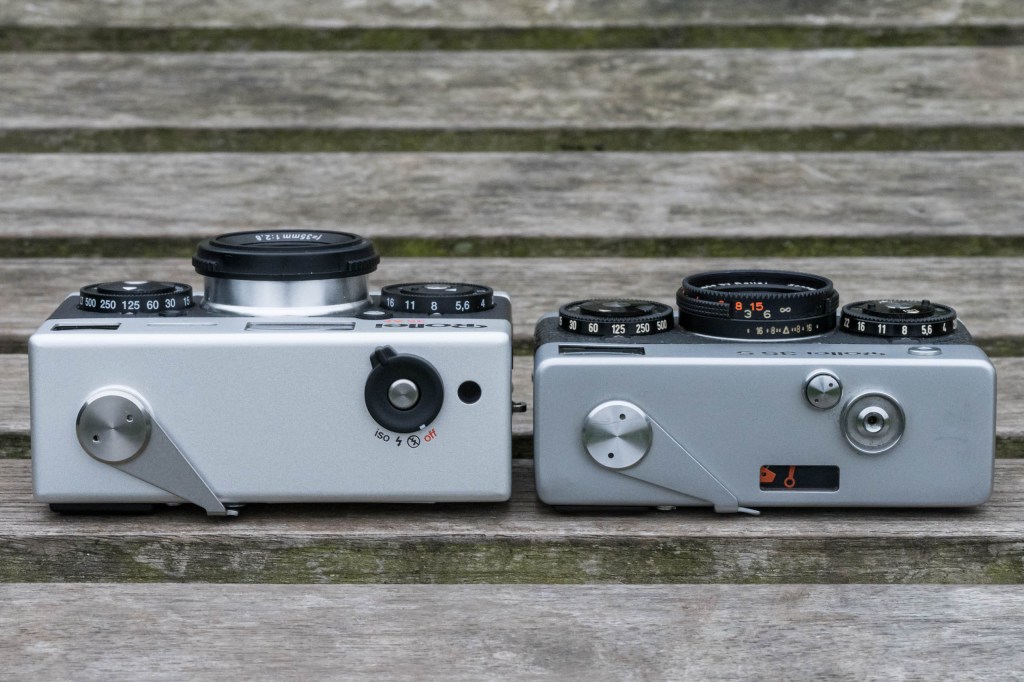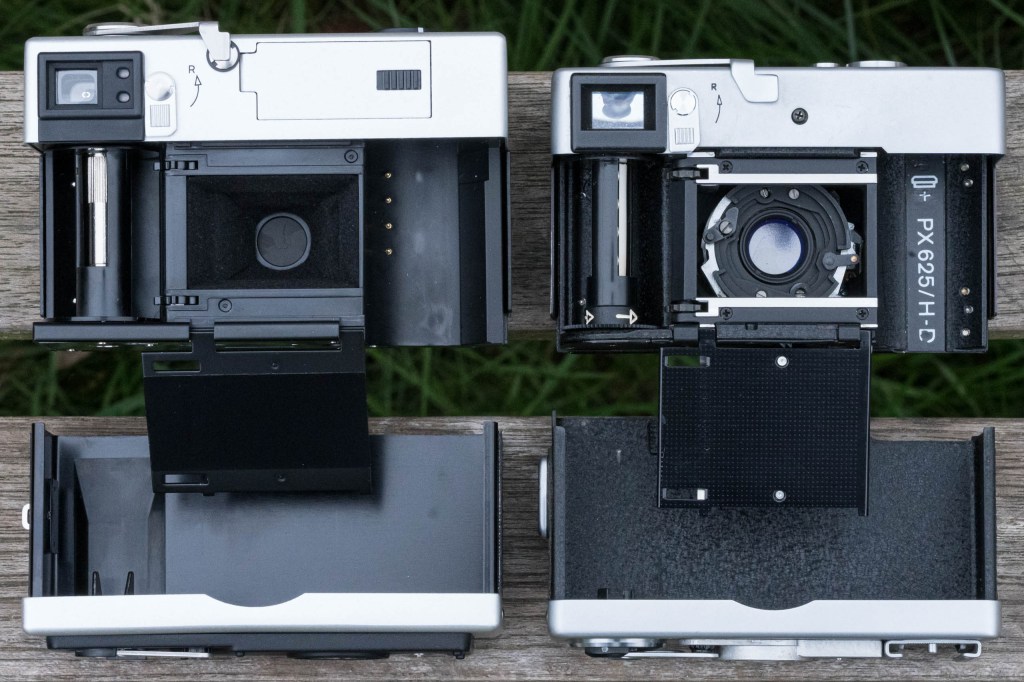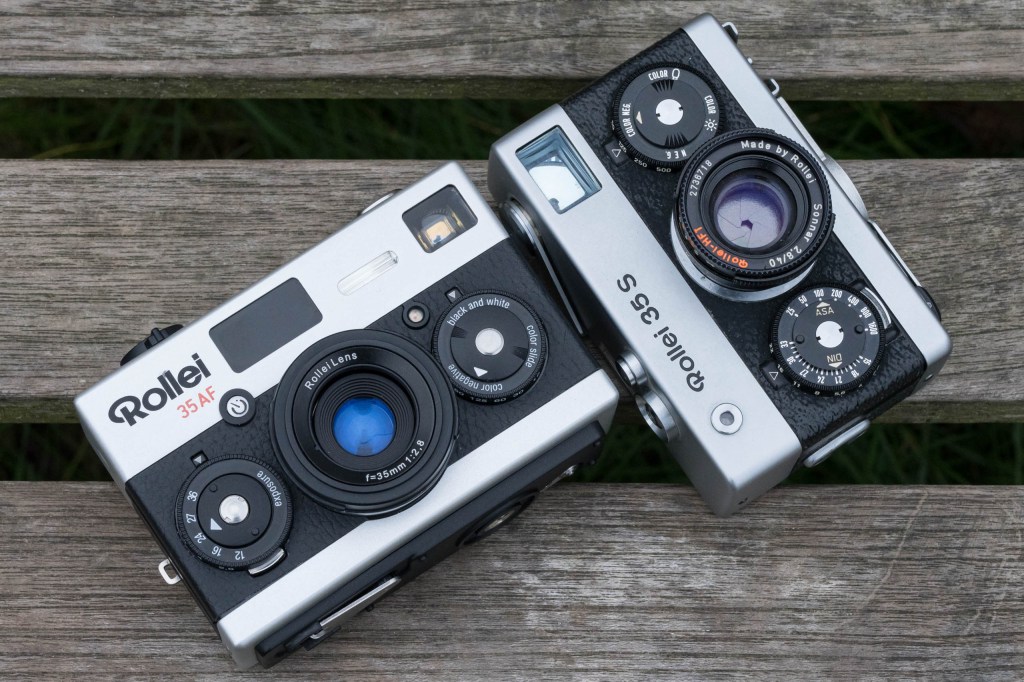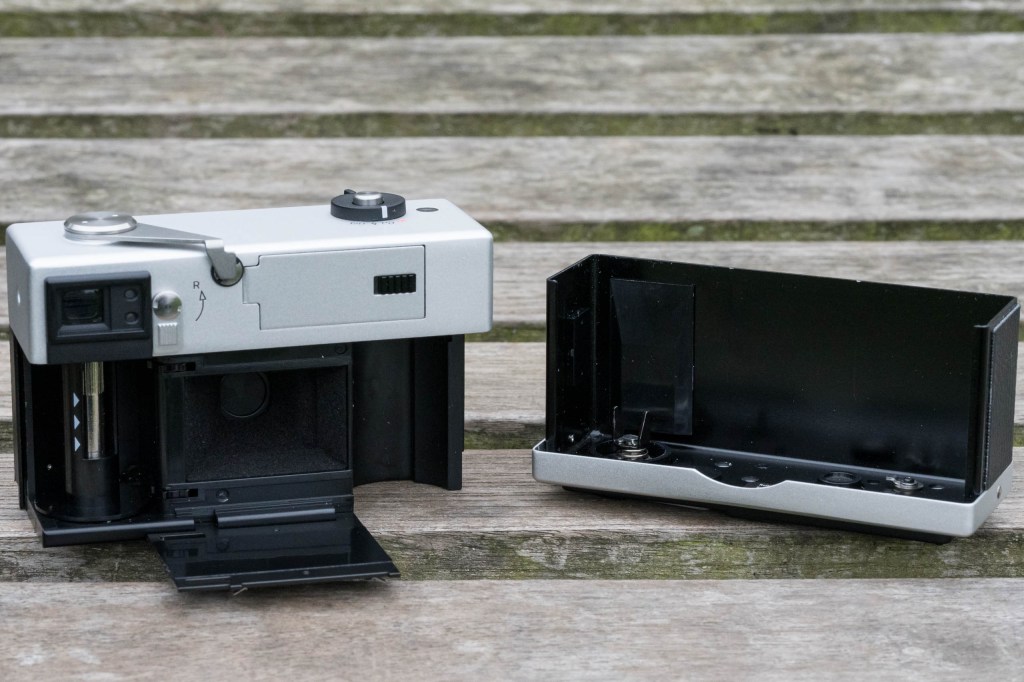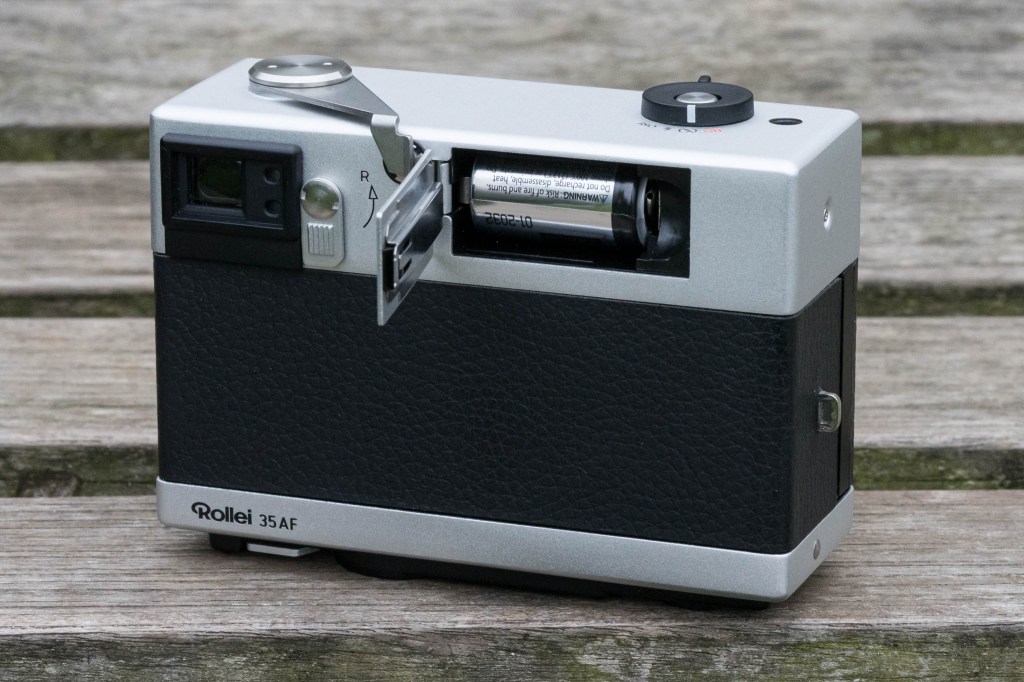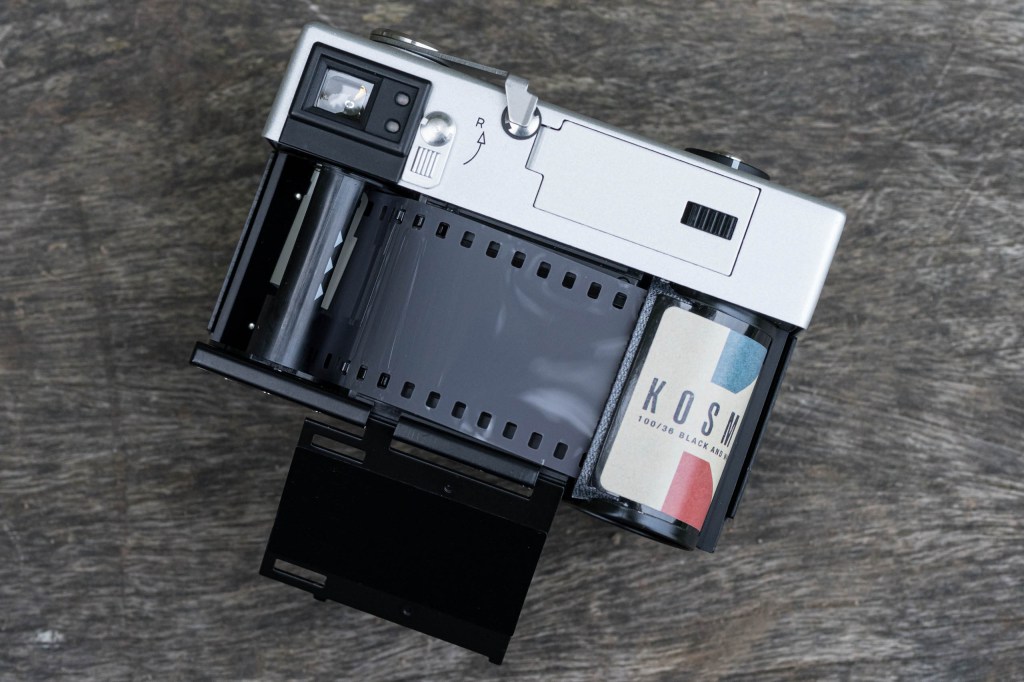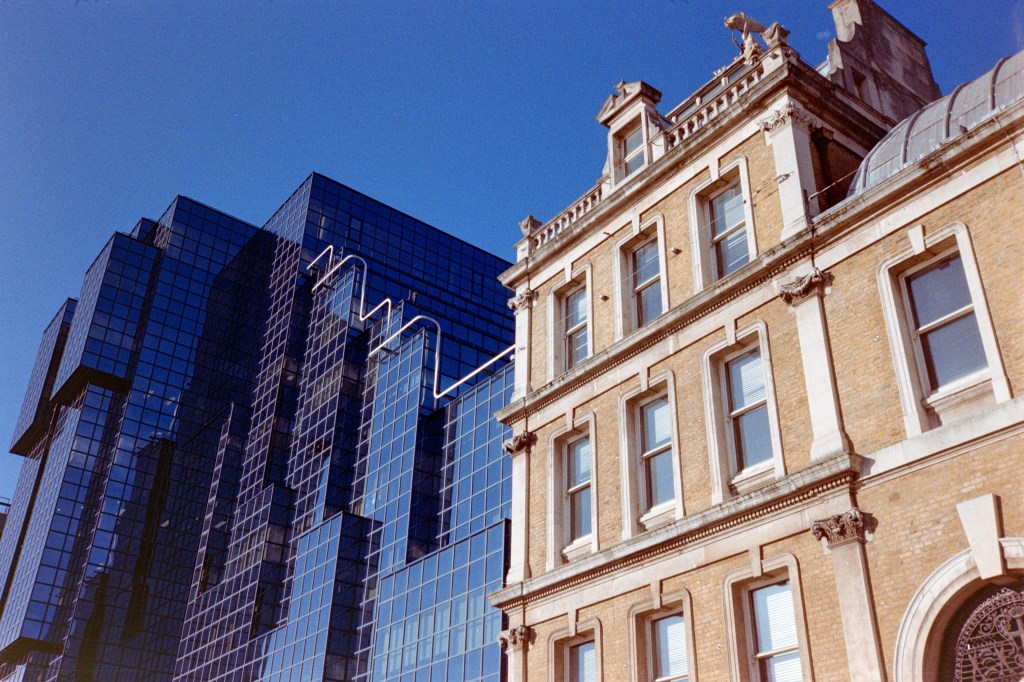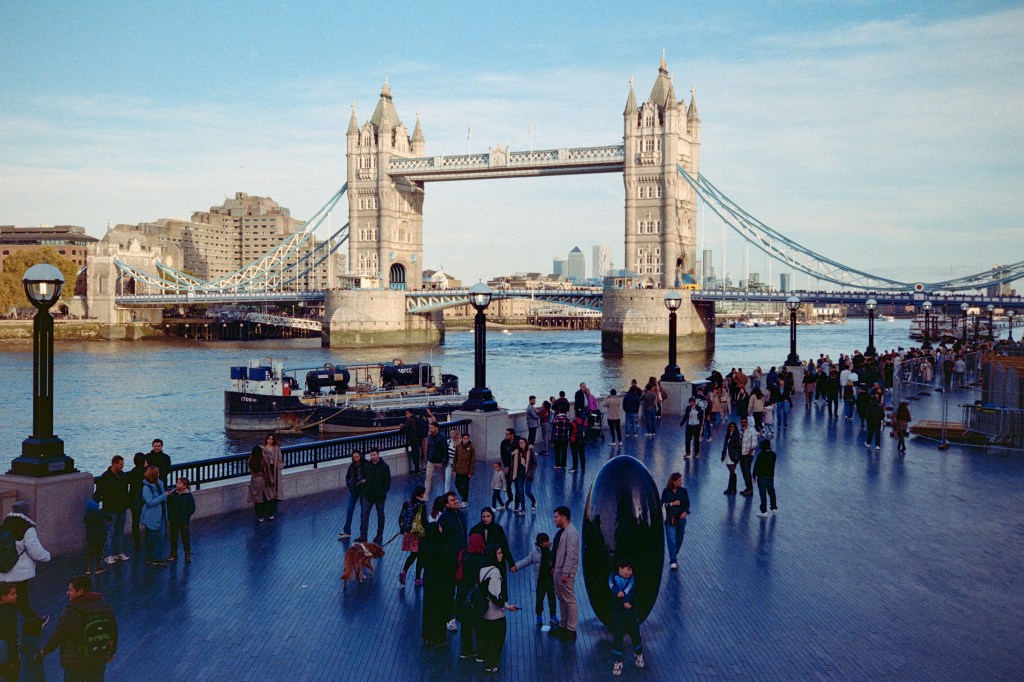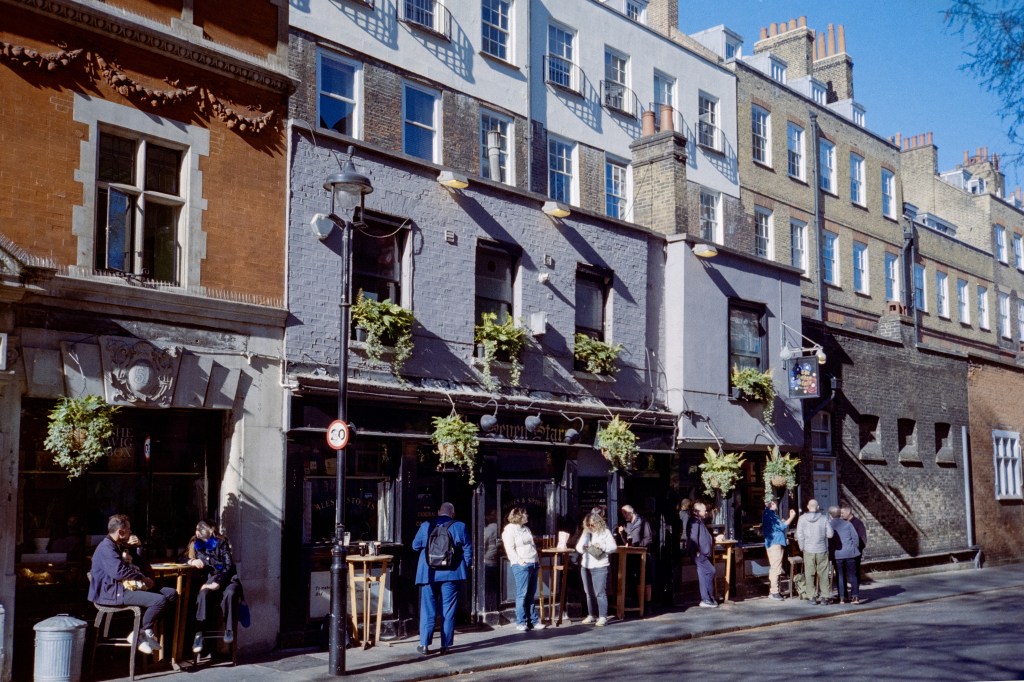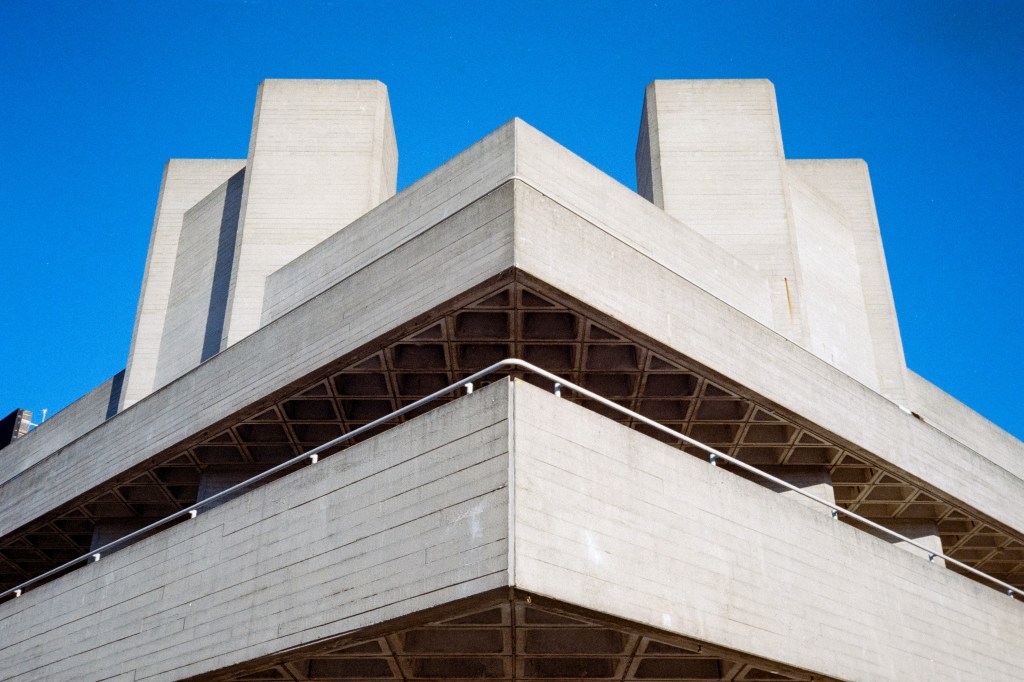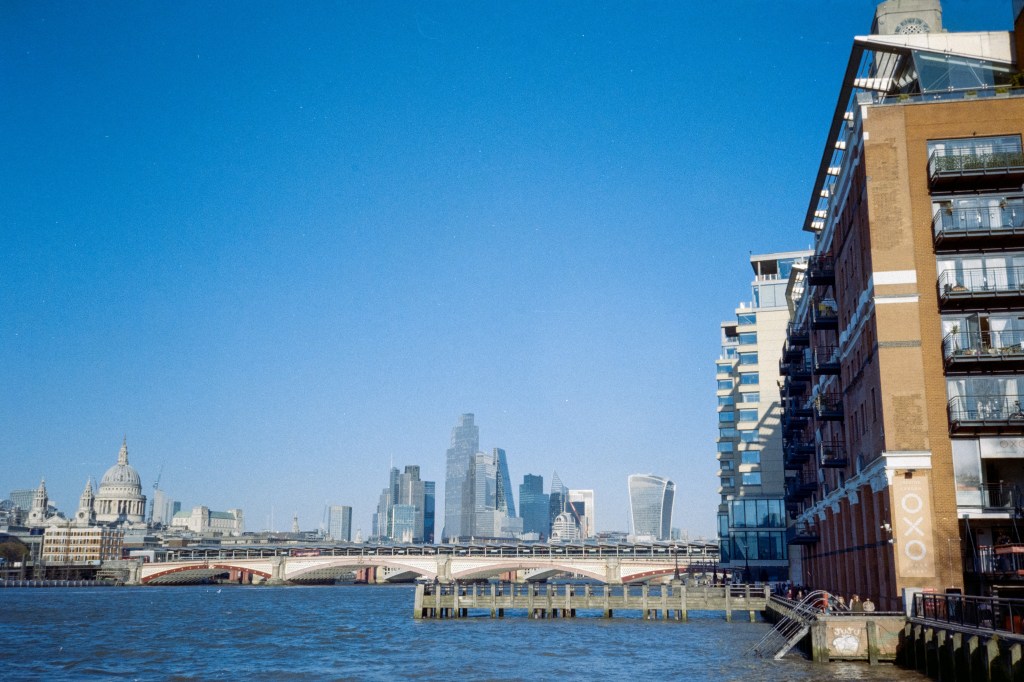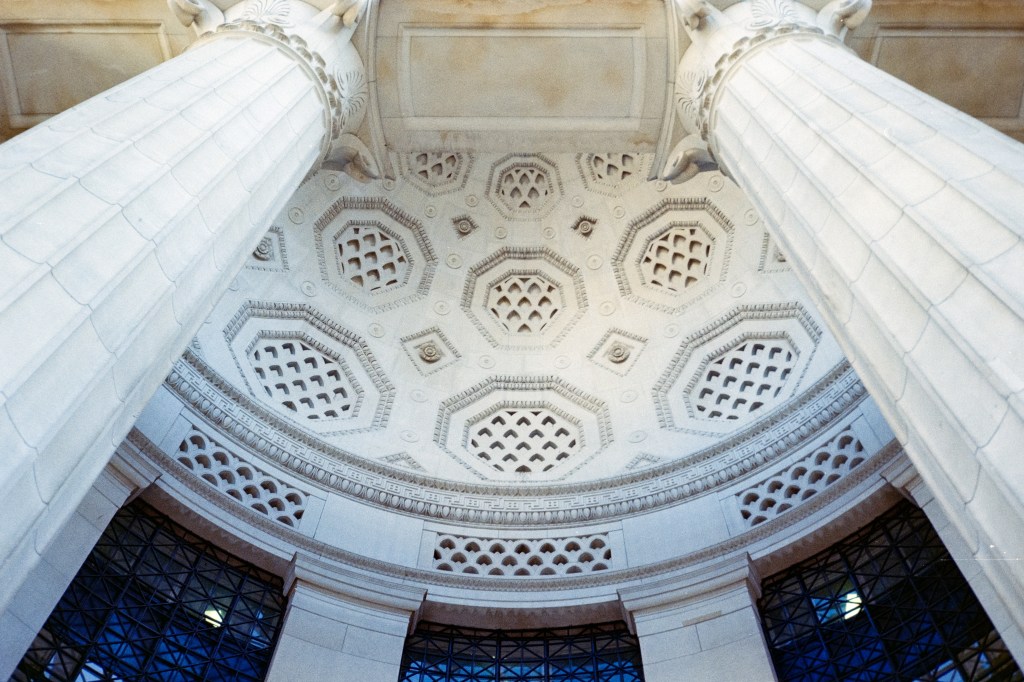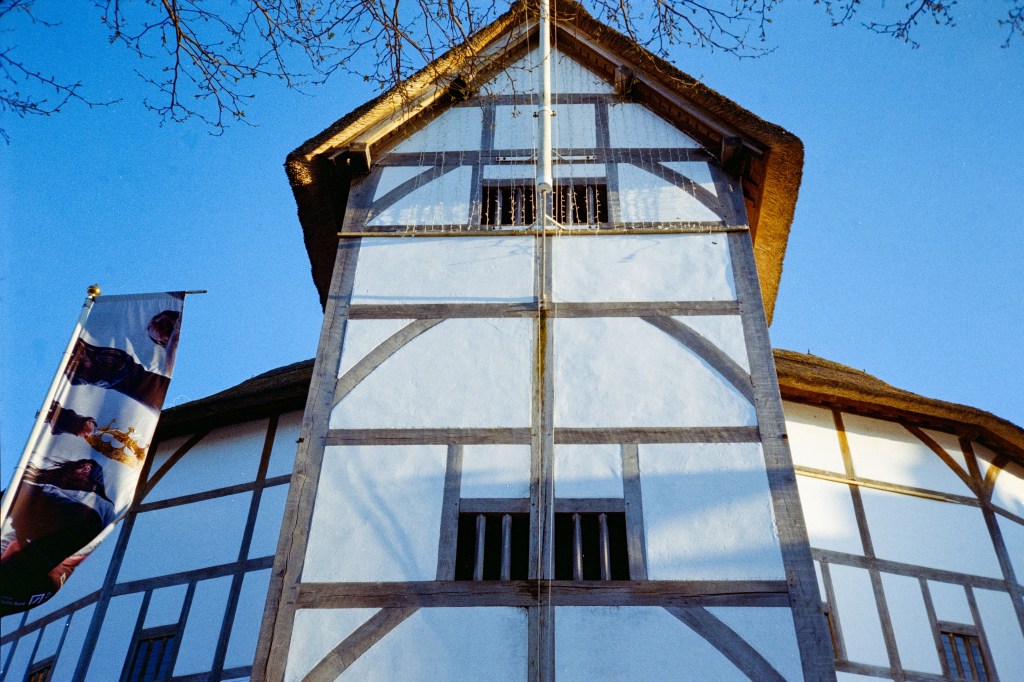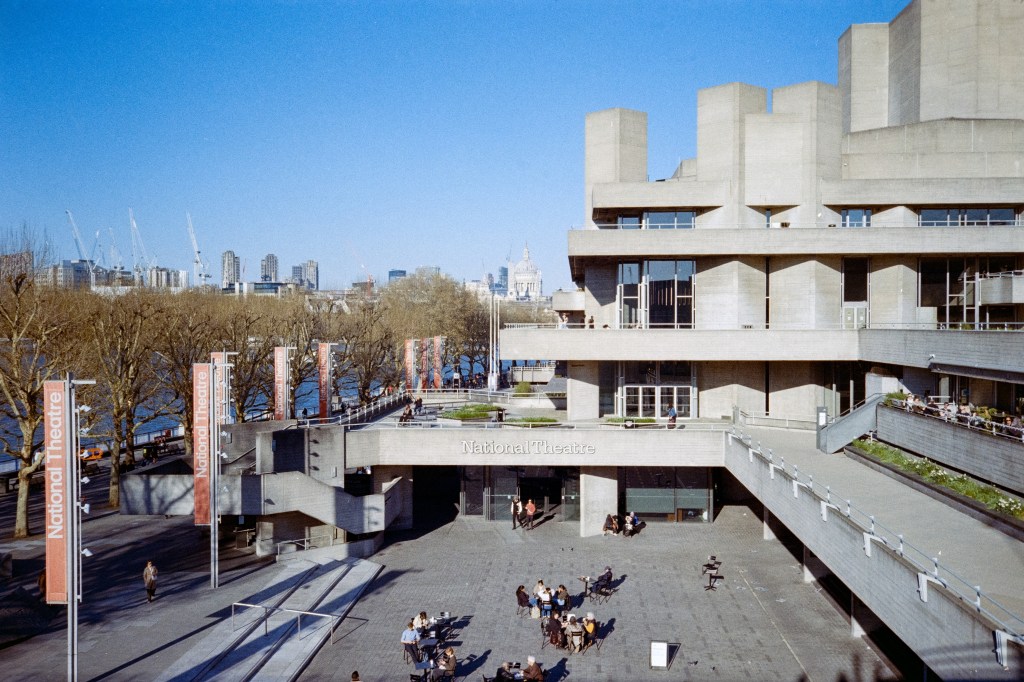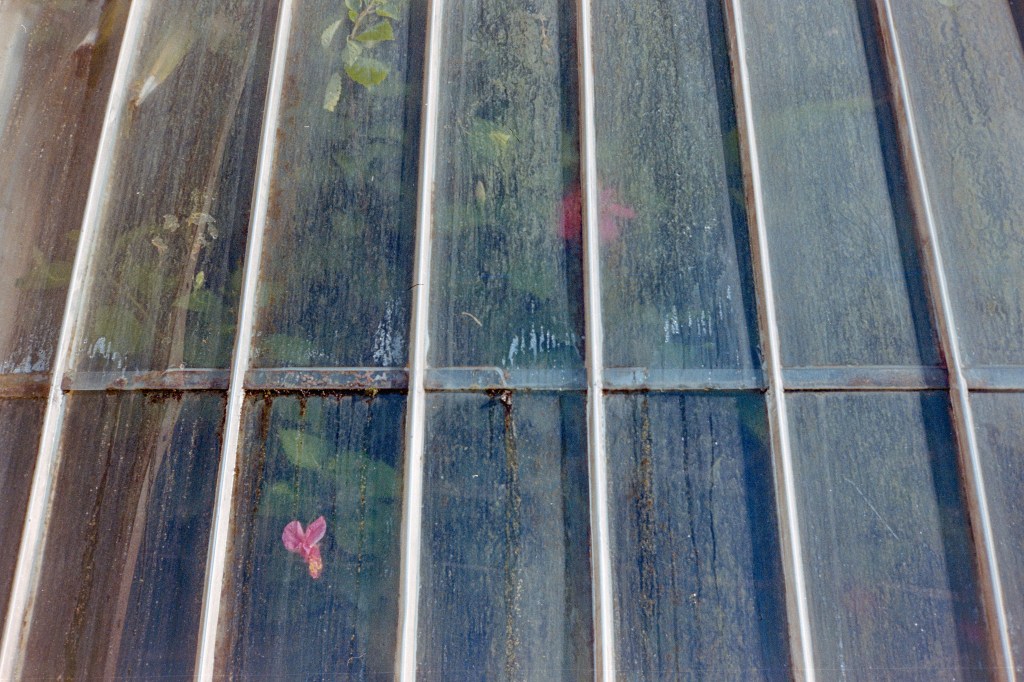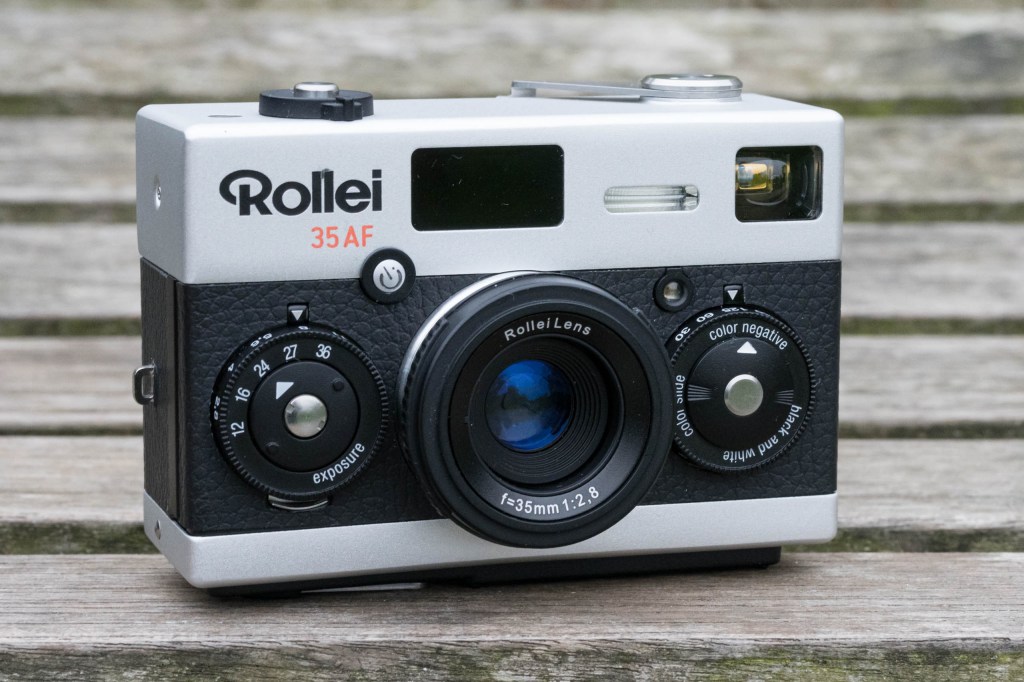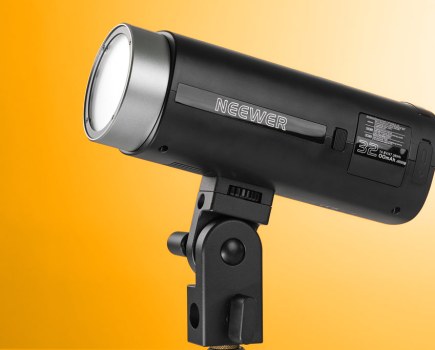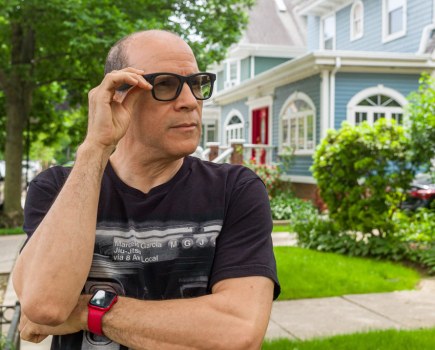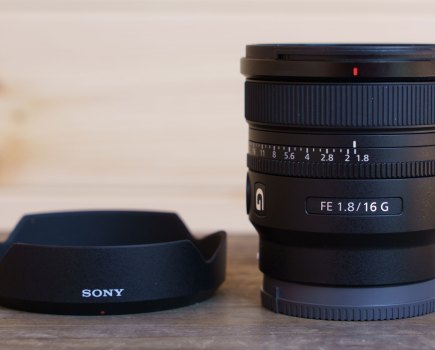Amateur Photographer verdict
In many ways, the Rollei 35AF is a nice recreation of classic Rollei 35 compacts from the 1960s and 1970s. It takes decent photos, too. But the viewfinder is poor and it feels unrefined mechanically.- Decent lens
- Engaging manual exposure controls
- Reliable autofocus
- Relatively small and distorted viewfinder
- Generally unrefined operational feel
- Expensive
For those who grew up with – or simply appreciate – mechanical film cameras from the 1960s and 1970s, the original Rollei 35 counts as an outright classic. It first appeared in 1966, and at the time was the smallest full-frame 35mm camera ever made. A number of variants were made, with different lenses and metering systems, up to about 1981. Now Hong Kong-based Mint Camera has produced a new model, the Rollei 35AF, that borrows the styling and many of the same features, but with one major update – autofocus.
Rollei 35AF at a glance:
- £624 + shipping + taxes
- 35mm film camera
- Full-frame format
- 35mm f/2.8 lens
- LiDAR autofocus
- Auto or manual exposure
- rollei.com
It’s important to understand straight away that the Rollei 35AF is an entirely new camera. It’s designed to look like its illustrious forbears, and it recreates much of their unique shooting experience. But internally it has nothing in common.
This really isn’t a cheap camera, either. To get one in the UK, you have to buy it from Germany via the Rollei website, with a base price of around £620. By the time you’ve added shipping and paid VAT, though, that’ll balloon to over £820. You can get a very nice second-hand film camera for that kind of money, or indeed a brand-new Pentax 17 and a bucketload of film. The Rollei 35AF might take a while to arrive, too; at the time of writing, there was a 2-month wait.
I must admit to being a huge fan of the classic Rollei 35 in all its various incarnations, despite – or perhaps because of – its infamous quirks. So when the 35AF appeared, naturally I was keen to try it out. With the key question being, is this new model worthy of the Rollei 35 name?
Rollei 35AF: Design
With its two-tone finish and boxy shape, the Rollei 35AF borrows many of its design elements from the original camera. The lens is placed dead-centre on the body, with characteristic dials on either side for setting the shutter speed and aperture. You get the same corner-mounted direct-vision viewfinder, along with the signature Rollei 35 left-hand wind-on lever and base-plate rewind crank.
As before, the entire back has to be removed for loading film, with even the release latch on the baseplate being faithfully reproduced. One significant change, though, is that the lens is now fixed, rather than retracting, to accommodate the autofocus mechanism. You don’t get the awkward bottom-mounted hot-shoe of old, either, with the new model sporting a small built-in flash instead.
In the slideshow below, you can see how the Rollei 35AF looks side-by-side with the classic Sonnar-lens Rollei 35S from multiple angles.
Size-wise, the camera measures 104 x 56 x 75 mm and weighs 242g. That’s noticeably larger than the classic models, which makes it feal rather less substantial. But it’ll still slip easily into a jacket pocket.
Rollei 35AF: Features
In essence, the Rollei 35AF is an autofocus compact camera with an electronically timed, rather than mechanical shutter. But it differs from the overwhelming majority of 35mm point-and-shoots in offering manual control over both shutter speed and aperture. Unlike the original, you can shoot in aperture priority auto, or set the exposure manually if you prefer.
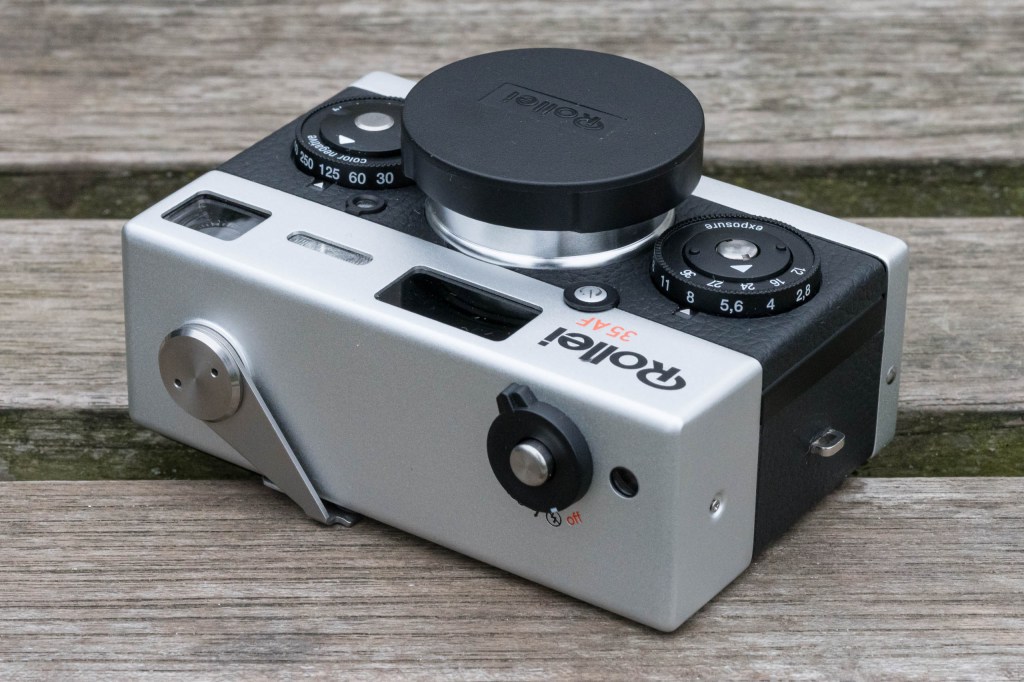
Where classic Rollei 35s all used 40mm lenses, the 35AF has a slightly wider 35mm f/2.8 optic. This employs 5 elements and focuses as close as 30cm. One thing missing is a filter thread, which is disappointing for those who might want to shoot black & white film. But it’s possible to buy inexpensive 3D-printed 43mm adapters on eBay.
Shutter speeds from 1 second to 1/500sec are selected using a dial on the front of the camera. Cleverly, the same dial also enables aperture priority shooting via a position marked A, along with exposure compensation up to +/-2 stops.
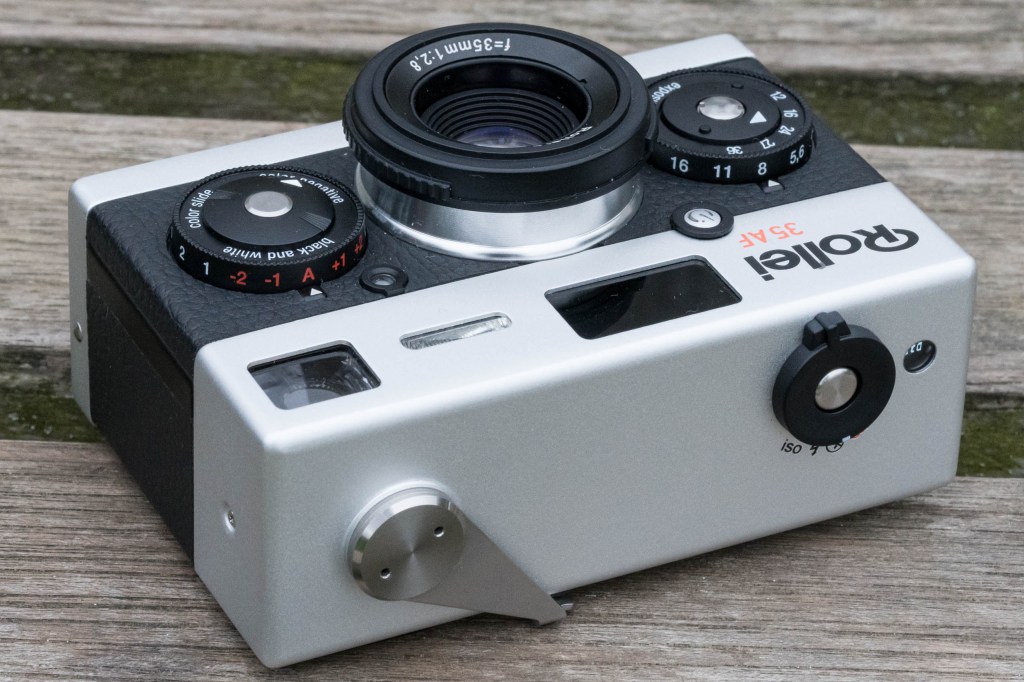
Set the dial to its LT (long time) position, and you can access longer exposures up to 60 seconds, which are cycled through by repeatedly half-pressing the shutter button. That’s not exactly intuitive, and chances are you’ll forget how this feature works on the rare occasions you might want to use it.
A dial on the other side of the camera controls the aperture, giving settings from f/2.8 to f/16. Unlike classic Rollei 35s, though, it’s only adjustable in whole-stop steps, with a single 6-bladed shutter mechanism setting both the exposure time and the lens opening. Light metering is via a small circular cell on the body beside the lens.
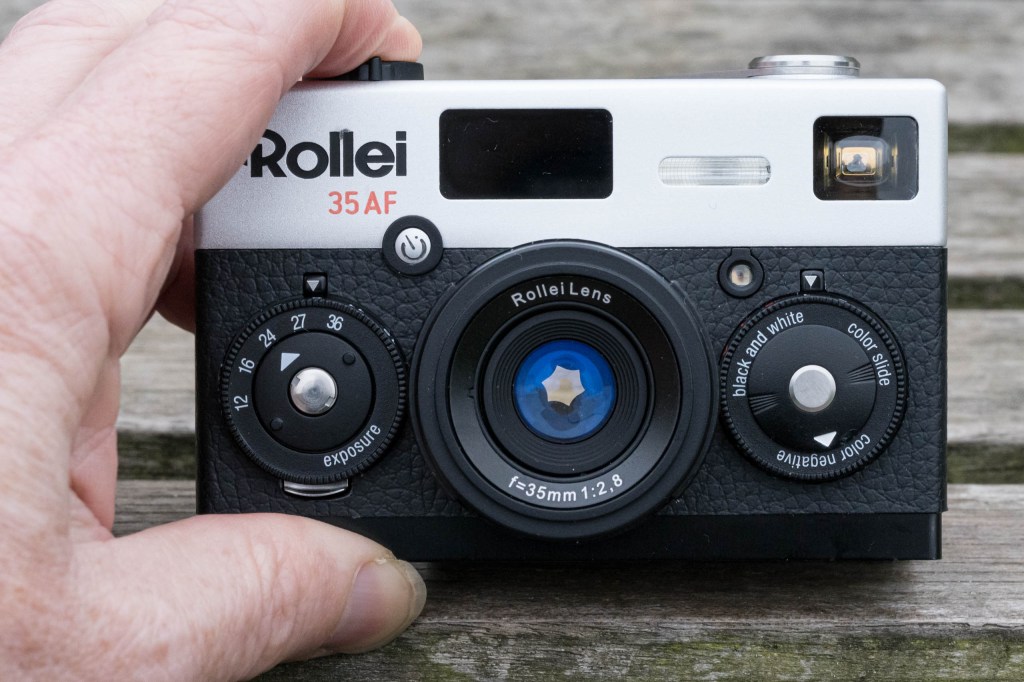
Small pointers on the front of the shutter speed and aperture dials allow you to select the film type in use (slide, negative, or black & white) and the number of exposures on the roll. Here you can choose between 12, 16, 34, 27 or 36, although I suspect three of those numbers were added purely to, well, make up the numbers. These pointers have no effect on any camera function – they’re purely a reminder of the film you’re using.
A tiny circular OLED display beside the shutter release acts as both the frame counter and the metering display for manual exposure. You also get a 10-second self-timer, initiated by a small button silver on the front.
Overall, build quality is… fine, without being stellar. Naturally there’s a lot of plastic involved inside, but plenty of metal parts on the outside, in keeping with the original. The back on my sample doesn’t slide on especially smoothly, but it’s still perfectly light-tight, which ultimately is what matters. The dials click quite pleasingly, too.
Rollei 35AF in use
To operate its autofocus and shutter mechanisms, the Rollei 35AF requires a CR2 lithium battery. This sits behind a large door on the back, and good luck with prising it open when you need to install a new one, as there’s nothing to grip.
Loading a film requires sliding off the back and folding down the pressure plate. Then you feed the film leader into the take-up spool and start winding. When you’re confident it’s advancing properly, fold the pressure plate back over the film and replace the camera back. The film speed is read automatically via DX coding, but you can override this if you wish.
This is all a pretty simple process, and a pleasingly authentic experience for those familiar with the classic models. On my camera, though, the film winder feels a bit rough, while rewinding at the end of a roll requires a surprising amount of effort. It just doesn’t feel anywhere near as refined as even the budget Rollei 35B.
Another disappointment lies with the viewfinder. Where even the cheapest classic models have lovely large, bright viewfinders, the Rollei 35AF’s is noticeably smaller and suffers from marked barrel distortion, meaning straight lines along the edges end up curved. This can make it difficult to line up your images perfectly straight.
There are bright framelines for composition, but these somehow contrive to be largely outside of the viewable area. It’s a real let-down, to be honest.
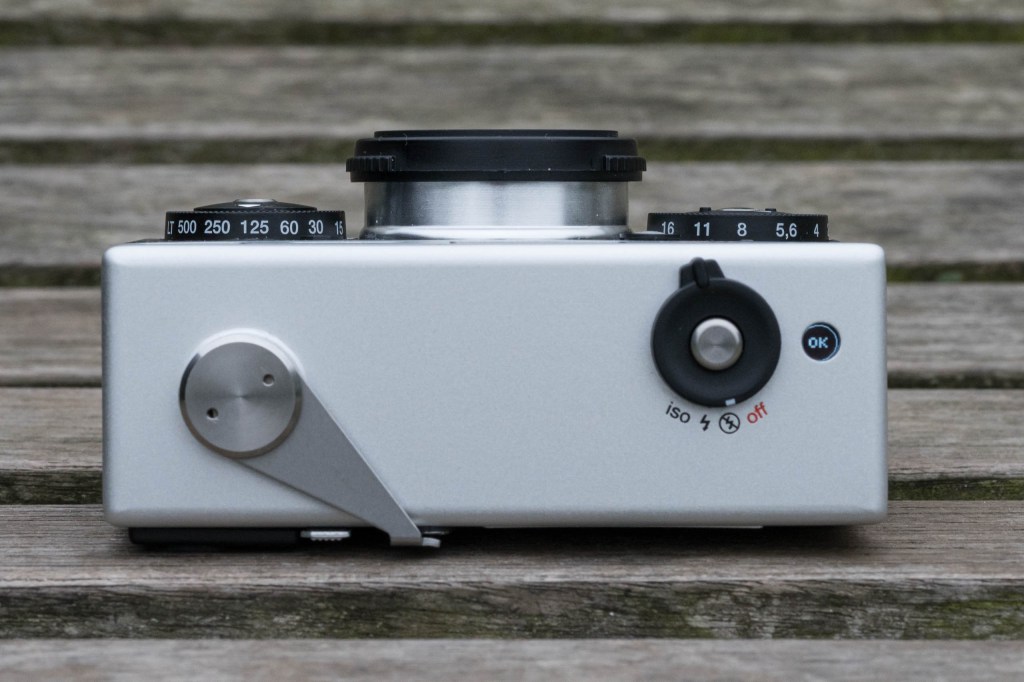
I find it easiest to set the shutter speed and aperture by holding the camera at waist level and looking down at the dials from above. In manual exposure mode, the little OLED display indicates not only whether you are under or over-exposing, but also by how much. In Auto mode, it’ll warn you if the camera won’t be able to set a fast or slow enough speed for correct exposure. But there’s absolutely no indication of the shutter speed it’s chosen.
Raise the camera to your eye, and a half-press of the shutter button initiates the LiDAR autofocus, which uses a single spot in the centre of the viewfinder. It’s not super-fast, and the AF motor is surprisingly noisy too. A small green LED beside the viewfinder lights up when the camera confirms focus, and flashes when it fails. There is, however, no indication of what focus distance the camera has chosen.
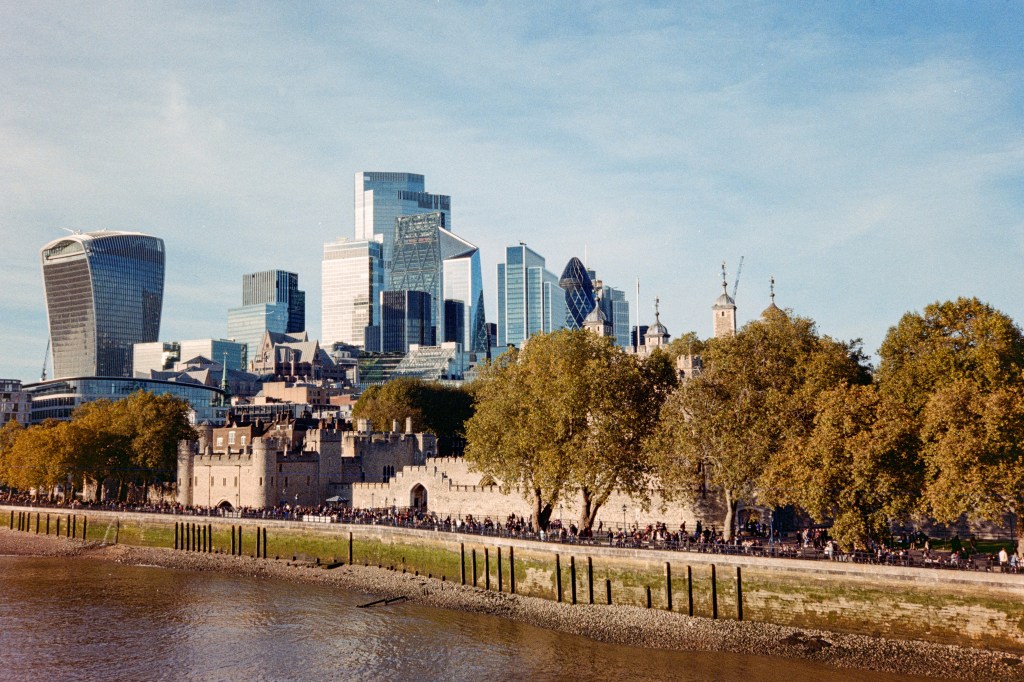
Click on any sample image to see a larger 12MP version.
To get the autofocus to work reliably, you’ll want it point it at relatively large, solid objects. Don’t even hope that it might work with complex, multi-layered close-ups, or focus on moving subjects, for example. If you want to focus and recompose to place the subject off-centre, you can lock focus by holding the shutter button halfway.
Taking a photo requires a surprisingly firm press of the shutter release, and unusually it doesn’t spring back up again afterwards, either. Instead, you have to wind on the film first. I got the occasional blank frame, too, which I ascribe to not pressing the button quite far enough to release the shutter, while engaging the wind-on interlock anyway.
Rollei 35AF sample image gallery
I shot a couple of rolls of colour negative film using the Rollei 35AF, and I was perfectly pleased with the results. Its metering is accurate, giving consistent exposures, and the autofocus works reliably as well. The lens is a decent performer too, especially when stopped down to f/8 or f/11, where it gives a good level of sharpness across the frame. Obviously you can’t expect the same level of detail as a modern high-end digital compact, but I’m confident my scans should be good for A3 prints.
Rollei 35AF: Our Verdict
Building an entirely new camera to resemble the classic Rollei 35 was always going to involve treading a fine line between paying affectionate tribute and creating a pastiche. In many respects, though, I think Mint has got things right. The camera looks pretty good and faithfully recreates much of the unique and quirky user experience. But now, the addition of autofocus means you shouldn’t find annoyingly out-of-focus photos when you get your film back from processing, which was always an occupational hazard before.
I suspect that how you take to the Rollei 35AF will depend on whether you’ve ever used the classic version. In many respects, the shooting experience echoes that of the original, particularly in the way it encourages you to set the aperture and shutter speed manually. But it doesn’t live up to its illustrious predecessors in terms of the smoothness and sophistication of operation, while its smaller, distorted viewfinder is a let-down, too. Overall, it simply doesn’t give the same impression of being a precision optical and mechanical instrument.
All-in-all, I feel rather conflicted about the Rollei 35AF. It’s undeniably fun to shoot with, and it gives very creditable results. And let’s be clear; you’ll seriously struggle to match this feature set when buying a 35mm film camera second-hand. But the biggest stumbling block is the price and the difficulty of getting hold of one. That might be OK if you were getting something really special, but unfortunately it doesn’t feel like an expensive, exclusive product. Ultimately, you’d probably be better off buying a classic Rollei 35 instead.
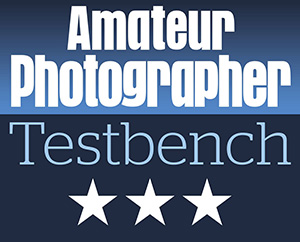
Follow AP on Facebook, X, Instagram, YouTube and TikTok.
Rollei 35AF: Full specifications
| Film format | 35mm full-frame |
| Lens | 35mm f/2.8 |
| Lens elements | 5 |
| Minimum aperture | f/16 |
| Minimum focus | 30cm |
| Shutter speeds | 60sec – 1/500sec |
| Film speed setting | ISO 25-3200 (DX coding) |
| Exposure modes | Aperture priority, manual |
| Exposure compensation | +/-2EV in 1 EV steps |
| Viewfinder | Optical, 0.5x magnification |
| Power | 1x CR2 lithium battery |
| Dimensions | 104 x 56 x 75 mm |
| Weight | 242 g |

